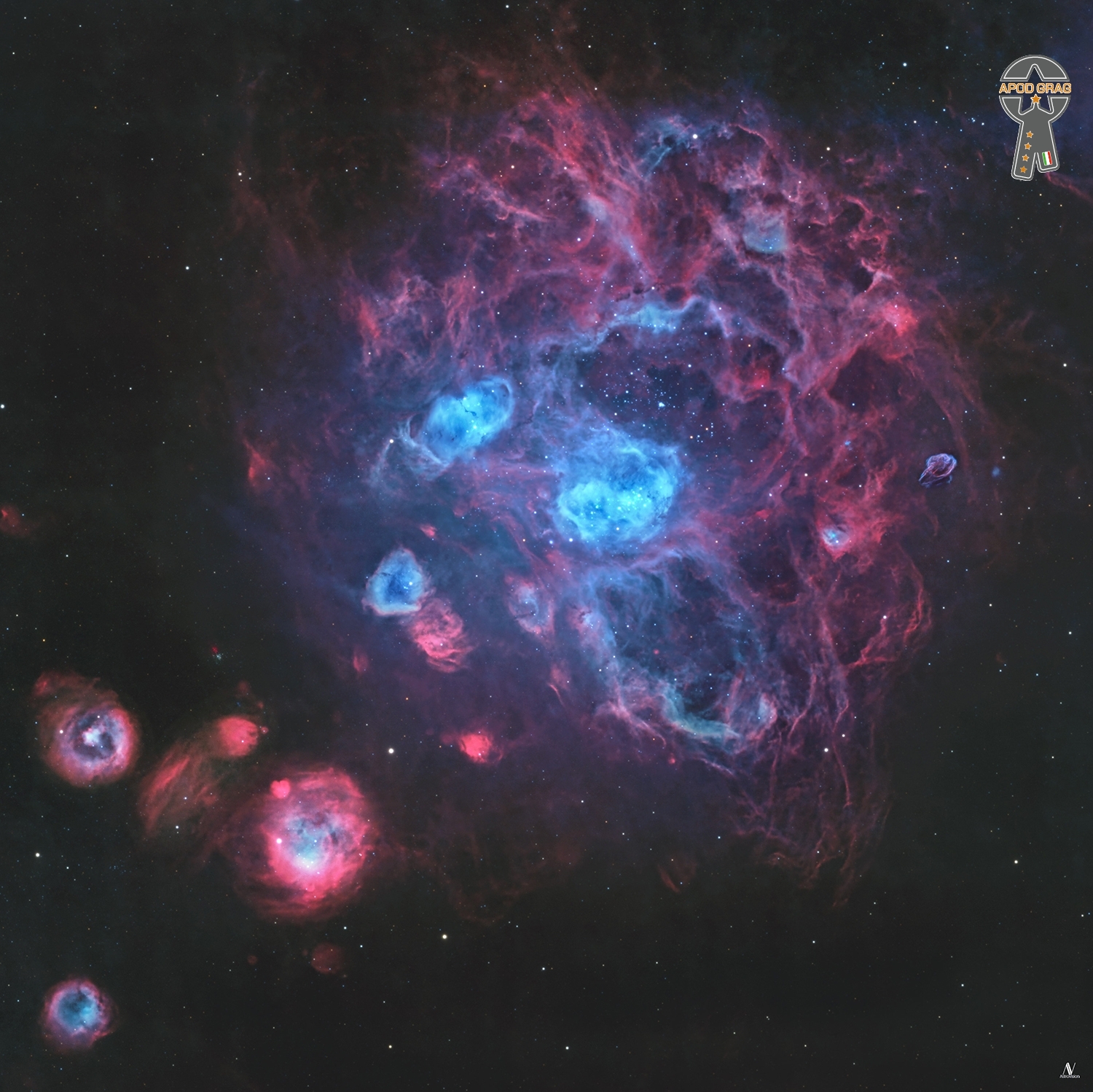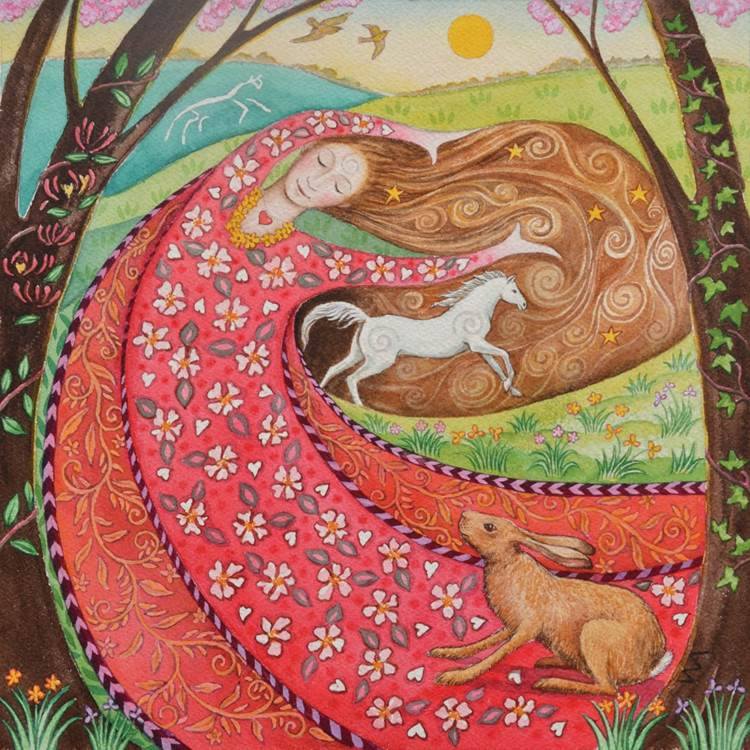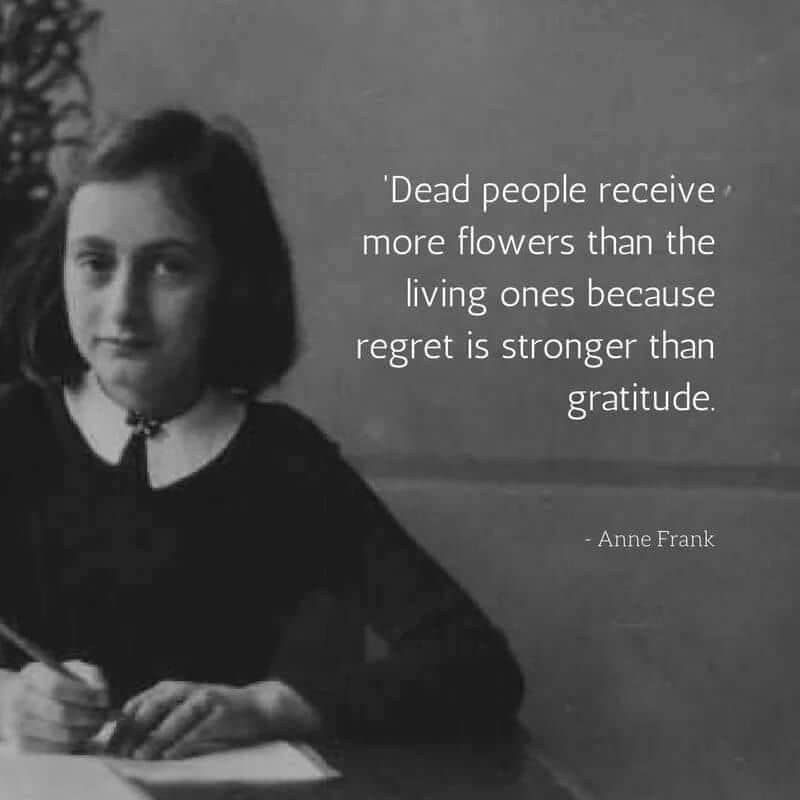Blog
Friday March 21st Hiddur Mitzvah service with Hannah Regal, Erin Roe, Renae Goldman and mick laBriola.
more...March equinox and the northern hemisphere spring. Famous as the Leo Triplet, the three magnificent galaxies found in the prominent constellation Leo gather here in one astronomical field of view. Crowd pleasers when imaged with even modest telescopes, they can be introduced individually as NGC 3628 (bottom left), M66 (middle right), and M65 (top center). All three are large spiral galaxies but tend to look dissimilar, because their galactic disks are tilted at different angles to our line of sight. NGC 3628, also known as the Hamburger Galaxy, is temptingly seen edge-on, with obscuring dust lanes cutting across its puffy galactic plane. The disks of M66 and M65 are both inclined enough to show off their spiral structure. Gravitational interactions between galaxies in the group have left telltale signs, including the tidal tails and warped, inflated disk of NGC 3628 and the drawn out spiral arms of M66. This gorgeous view of the region spans over 1 degree (two full moons) on the sky. Captured with a telescope from Sawda Natheel, Qatar, planet Earth, the frame covers over half a million light-years at the Leo Trio’s estimated 30 million light-year distance.

more...
Solomon Vincent McDonald Burke (born James Solomon McDonald, March 21, 1940 – October 10, 2010) was an American singer who shaped the sound of rhythm and blues as one of the founding fathers of soul music in the 1960s. He has been called “a key transitional figure bridging R&B and soul”, and was known for his “prodigious output”.
He had a string of hits including “Cry to Me“, “If You Need Me“, “Got to Get You Off My Mind“, “Down in the Valley“, and “Everybody Needs Somebody to Love“. Burke was referred to honorifically as “King Solomon”, the “King of Rock ‘n’ Soul”, “Bishop of Soul”, and the “Muhammad Ali of Soul”. Due to his minimal chart success in comparison to other soul music greats such as James Brown, Wilson Pickett, and Otis Redding, Burke has been described as the genre’s “most unfairly overlooked singer” of its golden age. Atlantic Records executive Jerry Wexler referred to Burke as “the greatest male soul singer of all time”.
more...Ustad Bismillah Khan (born Qamaruddin Khan, 21 March 1916 – 21 August 2006), often referred to by the title Ustad, was an Indian musician credited with popularizing the shehnai, a reeded woodwind instrument. His virtuosity made him a leading Hindustani classical music artist, indelibly linking his name with the woodwind instrument. While the shehnai had importance as a folk instrument played primarily by musicians schooled in traditional ceremonies, Khan elevated its status and brought it to the concert stage.
Khan was a devout Muslim but performed at both Hindu and Muslim ceremonies, and was considered a symbol of religious harmony. Owing to his fame, he was selected to perform for the ceremony at Delhi’s historic Red Fort as the Indian flag unfurled at the hour of India’s independence on 15 August 1947. His music was played (in Raag Kafi) on television every Independence Day. Khan turned down invitations to perform in other countries before 1966, when the Indian government insisted that he play at the Edinburgh International Festival. This gained him a following in the West, and he continued to appear in Europe and North America thereafter.
In 2001, Bismillah Khan was awarded the Bharat Ratna, India’s highest civilian honour, and the country observed a national day of mourning following his death in 2006. He became the third classical musician of India after M. S. Subbalakshmi and Ravi Shankarto be awarded the Bharat Ratna.
more...Modest Petrovich Mussorgsky (21 March [O.S. 9 March] 1839 – 28 March [O.S. 16 March] 1881) was a Russian composer, one of the group known as “The Five.” He was an innovator of Russian music in the Romantic period and strove to achieve a uniquely Russian musical identity, often in deliberate defiance of the established conventions of Western music.
Many of Mussorgsky’s works were inspired by Russian history, Russian folklore, and other national themes. Such works include the opera Boris Godunov, the orchestral tone poem Night on Bald Mountain and the piano suite Pictures at an Exhibition.
For many years, Mussorgsky’s works were mainly known in versions revised or completed by other composers. Many of his most important compositions have posthumously come into their own in their original forms, and some of the original scores are now also available.
more...Otis Spann (March 21, 1924, or 1930 – April 24, 1970 Belzoni,MS) was an American bluesmusician many consider the leading postwar Chicago blues pianist. By age 14, he was playing in bands in the Jackson area. He moved to Chicago in 1946, where Big Maceo Merriweather mentored him. Spann performed solo with the guitarist Morris Pejoe, working a regular spot at the Tic Toc Lounge. Spann was known for his distinctive piano style. He became Muddy Waters‘ piano player in late 1952 and participated in his first recording session with the band on September 24, 1953. He played on many of Waters’ most famous songs, including the blues standards “Hoochie Coochie Man,” “I’m Ready,” and “Got My Mojo Working.” During his tenure with the group, he continued to record as a solo artist and session player with other musicians, including Bo Diddley and Howlin’ Wolf. He stayed with Muddy Waters until 1968.
more...Edward James “Son” House Jr. (March 21, 1902 – October 19, 1988) was an American Delta blues singer and guitarist, noted for his highly emotional style of singing and slide guitar playing.
After years of hostility to secular music, as a preacher and for a few years also working as a church pastor, he turned to blues performance at the age of 25. He quickly developed a unique style by applying the rhythmic drive, vocal power and emotional intensity of his preaching to the newly learned idiom. In a short career interrupted by a spell in Parchman Farm penitentiary, he developed his musicianship to the point that Charley Patton, the foremost blues artist of the Mississippi Delta region, invited him to share engagements and to accompany him to a 1930 recording session for Paramount Records.
Issued at the start of the Great Depression, the records did not sell and did not lead to national recognition. Locally, House remained popular, and in the 1930s, together with Patton’s associate Willie Brown, he was the leading musician of Coahoma County. There he was a formative influence on Robert Johnson and Muddy Waters. In 1941 and 1942, House and the members of his band were recorded by Alan Lomax and John W. Work for the Library of Congress and Fisk University. The following year, he left the Delta for Rochester, New York, and gave up music.
In 1964, Alan Wilson, co-founder of the band Canned Heat, found House and had him listen to his old recordings. He encouraged him to find his way back to the music and from this collaboration, Father of Folk Blues was born. Wilson even played second guitar on “Empire State Express” and the harp on ”Levee Camp Moan”. Son’s manager Dick Waterman said,” Al Wilson helped Son House find Son House”. He relearned his repertoire and established a career as an entertainer, performing for young, mostly white audiences in coffeehouses, at folk festivals and on concert tours during the American folk music revival, billed as a “folk blues” singer. He recorded several albums and some informally taped concerts have also been issued as albums. In 2017, his single “Preachin’ the Blues” was inducted into the Blues Hall of Fame.
more...NGC 1763 is an emission nebula with an integrated star cluster, located in the constellation Dorado, in the Large Magellanic Cloud, which has been named N11. It is located approximately 160,000 light years from Earth.
NGC 1763 is the bright (blue) nebula near the centre of the image and is also part of an area commonly known as the Bean Nebula.
There are several objects in this image: the nebulae in emission Ngc 1760, Ngc 1769, Ngc 1773 and also open clusters: Ngc 1733, Ngc 1761, Ngc 1776.
Photo taken at El Sauce Chile in 106H38 in HOORVB from 16/10 to 03/12/2024.

Carl Frederick Kendall Palmer (born 20 March 1950) is an English drummer. He was a founding member of the supergroups Emerson, Lake & Palmer and Asia, a touring drummer for The Crazy World of Arthur Brown and a founding member of Atomic Rooster. He has toured with his own bands since 2001, including Palmer, the Carl Palmer Band, and currently, Carl Palmer’s ELP Legacy.
Palmer was inducted into the Modern Drummer Hall of Fame in 1989, and was awarded the Prog God Award at the 2017 Progressive Music Awards.
more...Lee “Scratch” Perry OD (born Rainford Hugh Perry; 20 March 1936 – 29 August 2021) was a Jamaican record producer, songwriter and singer noted for his innovative studio techniques and production style. Perry was a pioneer in the 1970s development of dub music with his early adoption of remixing and studio effects to create new instrumental or vocal versions of existing reggae tracks. He worked with and produced for a wide variety of artists, including Bob Marley and the Wailers, Junior Murvin, the Congos, Max Romeo, Adrian Sherwood, Beastie Boys, Ari Up, the Clash, the Orb, and many others.
more...Harold Mabern Jr. (March 20, 1936 – September 17, 2019) was an American jazzpianist and composer, principally in the hard bop, post-bop, and soul jazz fields. He is described in The Penguin Guide to Jazz Recordings as “one of the great post-bop pianists”. Mabern was born in Memphis, Tennessee on March 20, 1936. He initially started learning drums before switching to learning piano. He had access to a piano from his teens, after his father, who worked in a lumber yard, saved to buy him one. Mabern learned by watching and emulating pianists Charles Thomas and Phineas Newborn Jr. Mabern attended Douglass High School, before transferring to Manassas High School; he played with saxophonists Frank Strozier, George Coleman and trumpeter Booker Little at this time, but was most influenced by Newborn, Jr. In 1954, after graduating, Mabern moved to Chicago, intending to attend the American Conservatory of Music. He was unable to afford to attend music college because of a change in his parents’ financial circumstances, but had private lessons there for six months and developed his reading ability by playing with trombonist Morris Ellis’ big band. He also developed by listening to Ahmad Jamal and others in clubs, and “playing and practicing 12 hours a day” for the next five years, but he remained self-taught as a pianist. Mabern went on to play with Walter Perkins‘ MJT + 3 and others in Chicago.
more...Margaret Marian McPartland OBE (Turner; 20 March 1918 – 20 August 2013), was an English and American jazz pianist, composer, and writer. She was the host of Marian McPartland’s Piano Jazz on National Public Radio from 1978 to 2011.
After her marriage to trumpeter Jimmy McPartland in February 1945, she resided in the United States when not travelling throughout the world to perform. In 1969, she founded Halcyon Records, a recording company that issued albums for 10 years. In 2000, she was named a National Endowment for the Arts Jazz Master. In 2004, she was given a Grammy Award for lifetime achievement. In 2007, she was inducted into the National Radio Hall of Fame. Although known mostly for jazz, she composed other types of music as well, performing her own symphonic work A Portrait of Rachel Carson with the University of South Carolina Symphony Orchestra in 2007. In 2010, she was named a member of the Order of the British Empire.
more...Sister Rosetta Tharpe (born Rosetta Nubin, March 20, 1915 – October 9, 1973) was an American singer, songwriter and guitarist. She gained popularity in the 1930s and 1940s with her gospel recordings, characterized by a unique mixture of spiritual lyrics and electric guitar. She was the first great recording star of gospel music, and was among the first gospel musicians to appeal to rhythm and blues and rock and rollaudiences, later being referred to as “the original soul sister” and “the Godmother of rock and roll“. She influenced early rock-and-roll musicians, including Little Richard, Chuck Berry, Johnny Cash, Carl Perkins, Elvis Presley, Jerry Lee Lewis, and also later musicians, such as Eric Clapton and Tina Turner.
Tharpe was a pioneer in her guitar technique; she was among the first popular recording artists to use heavy distortion on her electric guitar, opening the way to the rise of electric blues. Her guitar-playing technique had a profound influence on the development of British blues in the 1960s. Her European tour with Muddy Waters in 1964, with a stop in Manchester on May 7, is cited by British guitarists such as Eric Clapton, Jeff Beck, and Keith Richards.
Willing to cross the line between sacred and secular by performing her music of “light” in the “darkness” of nightclubs and concert halls with big bands behind her, Tharpe pushed spiritual music into the mainstream and helped pioneer the rise of pop-gospel, beginning in 1938 with the recording “Rock Me” and with her 1939 hit “This Train“.Her unique music left a lasting mark on more conventional gospel artists such as Ira Tucker Sr., of the Dixie Hummingbirds. While controversial among conservative religious groups due to her forays into the pop world, she never left gospel music.
Tharpe’s 1944 release “Down by the Riverside” was selected for the National Recording Registry of the U.S. Library of Congress in 2004, which noted that it “captures her spirited guitar playing and unique vocal style, demonstrating clearly her influence on early rhythm-and-blues performers” and cited her influence on “many gospel, jazz, and rock artists”. (“Down by the Riverside” was recorded by Tharpe on December 2, 1948, in New York City, and issued as Decca single 48106). Her 1945 hit “Strange Things Happening Every Day“, recorded in late 1944, featured Tharpe’s vocals and resonator guitar, with Sammy Price (piano), bass and drums. It was the first gospel record to cross over, hitting no. 2 on the Billboard “race records” chart, the term then used for what later became the R&B chart, in April 1945. The recording has been cited as a precursor of rock and roll, and alternatively has been called the first rock and roll record. In May 2018, Tharpe was posthumously inducted into the Rock and Roll Hall of Fame as an Early Influence.
more...More Posts
- Billy Taylor
- World Music with Iona Fyfe
- Daily Roots with Lee Perry & Dennis Alcapone
- XXXII Olympiad 2021
- Carei Thomas Memorial Concert
- HAIR Theatre 55-Caponi Art Park 7pm
- The Cosmos with IC 1396
- L. Subramaniam
- Steve Lacy
- “Champion Jack” Dupree
- Flamenco Fridays with Joselito Acedo
- Daily Roots with Nattali Rize
- The Cosmos with NGC 7814
- Al Di Meola
- Don Henley
- Don Patterson
- Junior Cook
- World Music with Calum Stewart
- Daily Roots with the Ethiopians
- Rhythm Roots Workshop @ MN Veterans Home Adult Day Center


